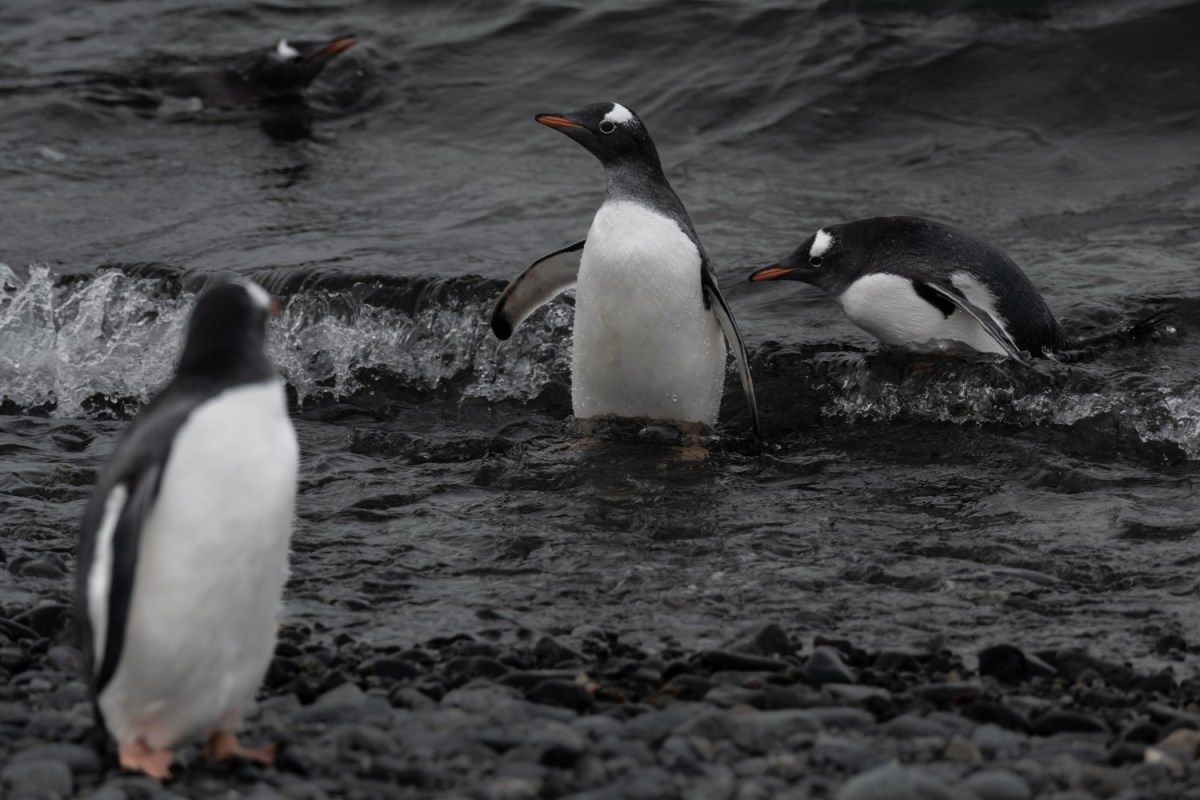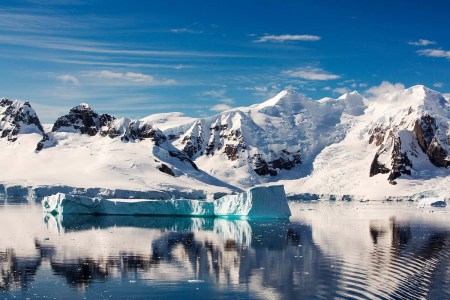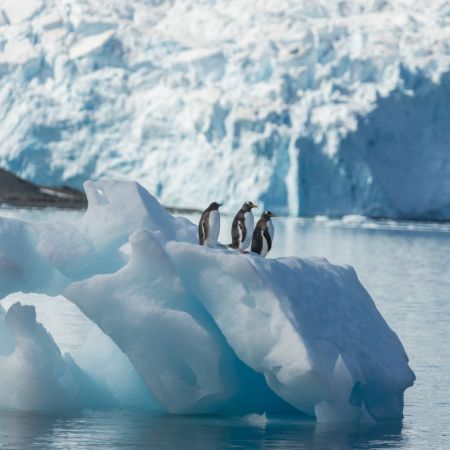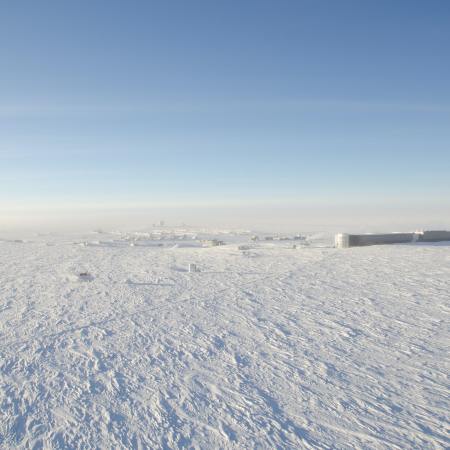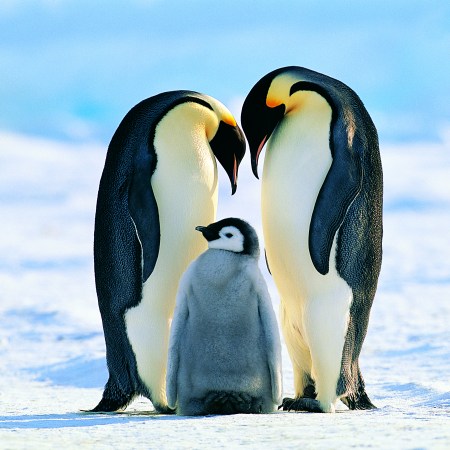It’s not hard to see why penguins, by and large, constantly fascinate humans. First and foremost, they’re kind of adorable. And the sense of a bunch of hardly birds making a home for themselves in a hostile climate also gives them a definite underdog quality, as they face off against the elements to stay alive. But the ways in which they react and adapt to a changing climate make them especially interesting to scientists.
Being on the ground with penguins in their inhospitable environment forms yet another layer of the mystique surrounding them. Now, one researcher who’s worked with penguins in Antarctica has shared a first-person account of what that experience is like — and it’s a candid and insightful look at science in challenging terrain.
In her new book The Last Cold Place: A Field Season Studying Penguins in Antarctica, Naira de Gracia described what it’s like to live and work in the field with the NOAA studying penguins. In an excerpt, de Garcia gives a sense of what the isolation is like. “The nearest US base in Antarctica was some two hundred miles away,” she writes. “We had been dropped off by a ship two months ago, with all our gear and food, and would be picked up in three more.”
How to Plan a Trip to Antarctica
Everything you need to know ahead of your first trek to the White ContinentAs de Gracia recounts, penguins aren’t shy when it comes to their territory. “A passing penguin mounted my boot and directed a flurry of flipper slaps at my calf, squawking its displeasure with characteristic chinstrap belligerence,” she writes. There are some benefits to this, however: “The sting kick-started my blood flow and pumped warmth to my increasingly numb feet,” she adds.
On one hand, angry penguins and isolation; on the other, an experience that few other humans can claim. It’s a fascinating look at a fascinating place.
Thanks for reading InsideHook. Sign up for our daily newsletter and be in the know.
